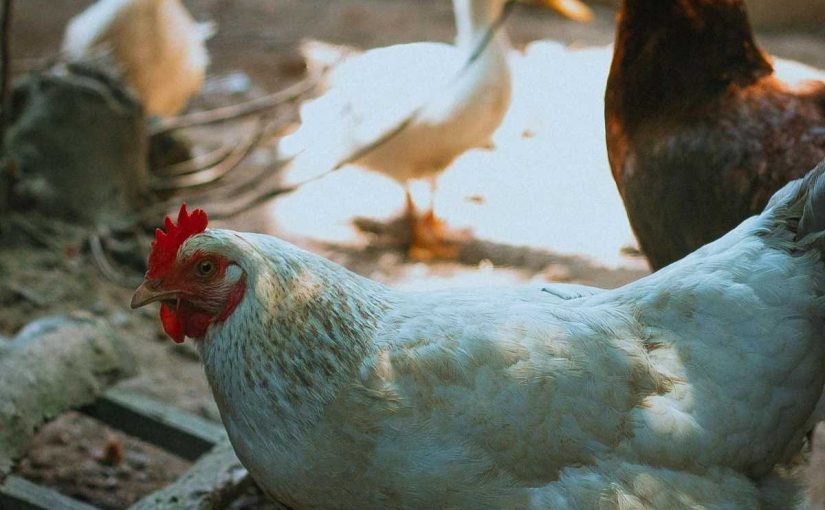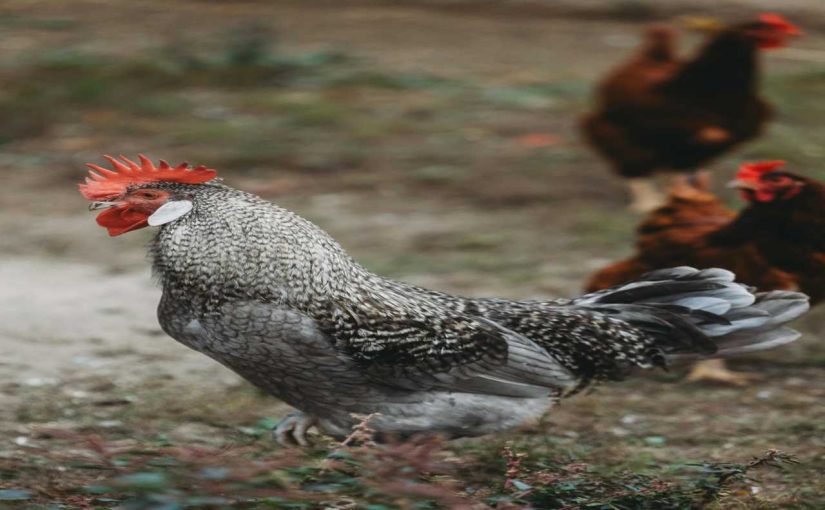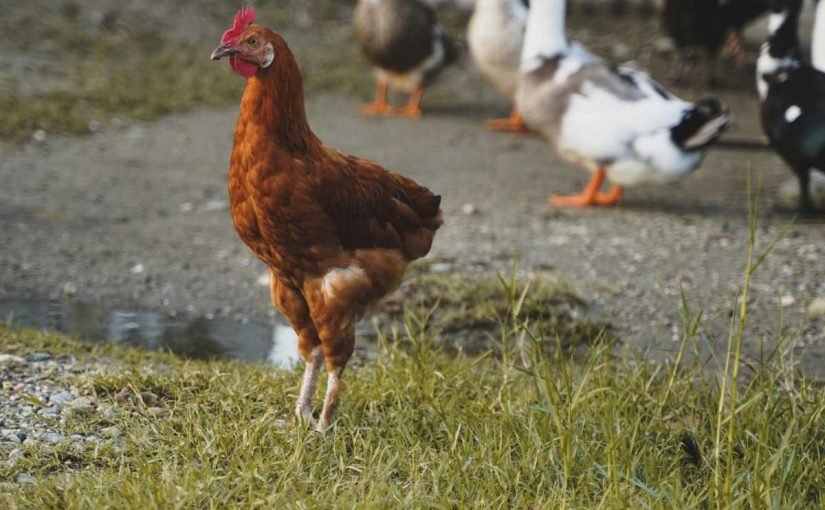ntroducing a new rooster to your existing flock can be both exciting and challenging. Roosters play a crucial role in a chicken community, offering protection, companionship, and social order. However, improper introductions can lead to stress, injury, or even the demise of hens or the new rooster. This guide provides detailed steps and considerations to help you navigate this process successfully.
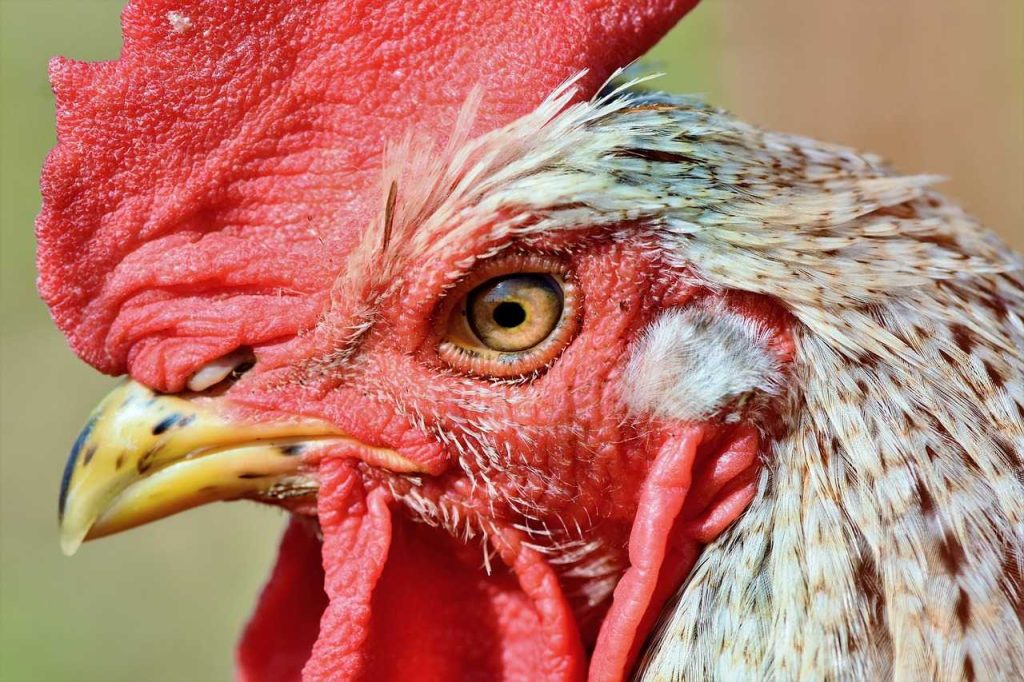
1. Choose the Right Rooster
Overview
Selecting the right rooster is the first and most critical step in ensuring a smooth introduction to your flock. The temperament, age, size, and health of the rooster are all essential factors to consider.
Considerations
- Temperament: A rooster’s behavior will significantly impact the flock’s dynamics. Look for a rooster that is calm, confident, and friendly. Roosters that display signs of aggression or bullying tendencies should be avoided, as they can disrupt the harmony of the flock. A well-mannered rooster will help maintain peace and protect the hens.
- Age and Size: Choose a rooster that is comparable in size to your hens. A significantly larger rooster may intimidate the hens, while a smaller one may struggle to assert himself. Ideally, the new rooster should be at least the same age or slightly older than your hens to help him establish authority more easily.
- Health Check: Before bringing a rooster home, ensure he is healthy. Look for clear eyes, clean feathers, and a healthy weight. It’s best to obtain a rooster from a reputable source, such as a local breeder or a poultry show, where you can ask about his health history. Conducting a brief health check can save you from introducing diseases into your flock.
Learning Outcome
Choosing a compatible rooster reduces the likelihood of conflicts, ensuring the safety and health of your flock. A harmonious introduction starts with a good foundation.
2. Quarantine the New Rooster
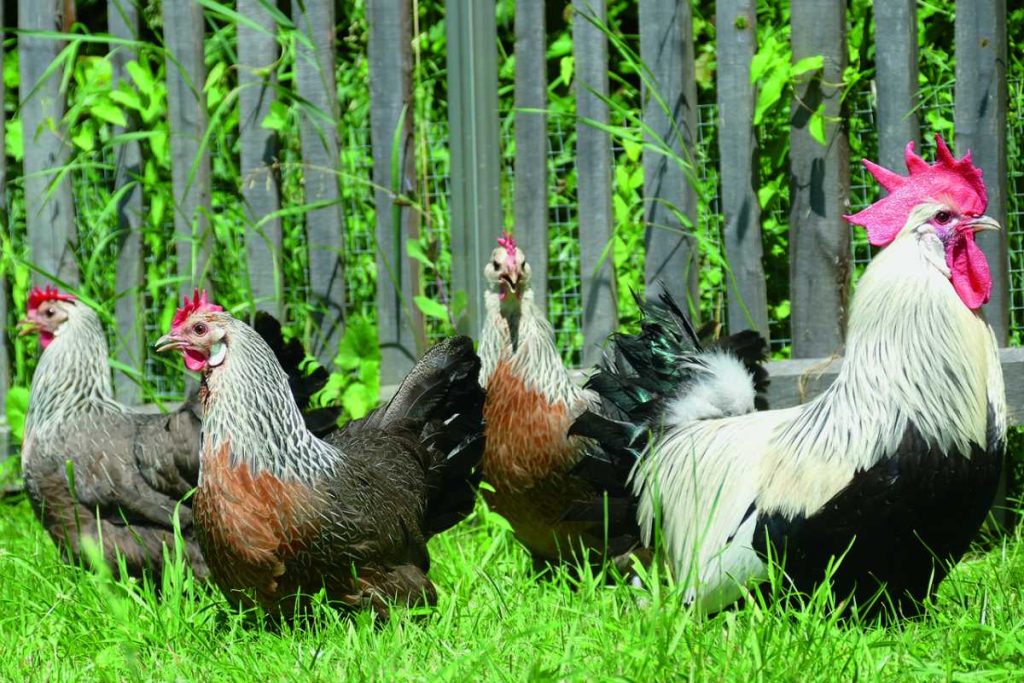
Overview
Quarantining the new rooster is a crucial step that can prevent the spread of diseases to your existing flock. During this period, you can monitor the rooster for any signs of illness while ensuring he remains separate from the hens.
Implementation Steps
- Separate Housing: Set up a dedicated space for the new rooster away from your hens. This could be a separate coop or a sturdy enclosure that prevents direct contact. Make sure the quarantine area has adequate ventilation, access to food and water, and shelter from the elements.
- Observation: Keep a close eye on the new rooster during the quarantine period. Look for signs of respiratory issues, lethargy, or abnormal behavior. Taking note of his eating and drinking habits is also essential, as these can indicate his health status. Regular checks will help you catch any potential health problems early.
- Vaccination and Deworming: Ensure the new rooster is vaccinated and dewormed as per your vet’s recommendations. This is especially important if your existing flock has not been vaccinated against common poultry diseases. Consult with a veterinarian to establish a vaccination schedule for your new addition.
Learning Outcome
Quarantining the new rooster not only protects your flock but also allows you to assess his health and behavior before integrating him into the group.
3. Gradual Introduction
Overview
After the quarantine period, it’s time to begin the introduction process. A gradual introduction helps both the new rooster and the hens acclimate to each other without causing undue stress.
Implementation Steps
- Initial Visual Introduction: Start with allowing the rooster and hens to see each other without direct contact. This can be accomplished using a fence or mesh barrier. During this phase, monitor their reactions closely. Expect some pecking and vocalizations as they establish their social dynamics. If either party shows excessive aggression or fear, consider extending the visual phase.
- Short Supervised Visits: Once both parties appear comfortable with each other, allow the rooster to have short, supervised visits with the hens. Start with just a few minutes at a time, gradually increasing the duration. Pay close attention to body language; if the hens appear stressed or if the rooster becomes aggressive, it may be necessary to separate them temporarily.
- Provide Escape Routes: During the introduction, ensure that hens have access to places where they can escape if they feel threatened. Hiding spots like bushes, nesting boxes, or other areas within the coop will help reduce stress levels. Providing these escape routes will give hens a sense of security, making the transition smoother.
Learning Outcome
Gradual introductions allow for acclimatization, reducing stress for both the new rooster and your existing hens. Monitoring interactions ensures that any issues can be addressed promptly.
4. Monitor Interactions Closely
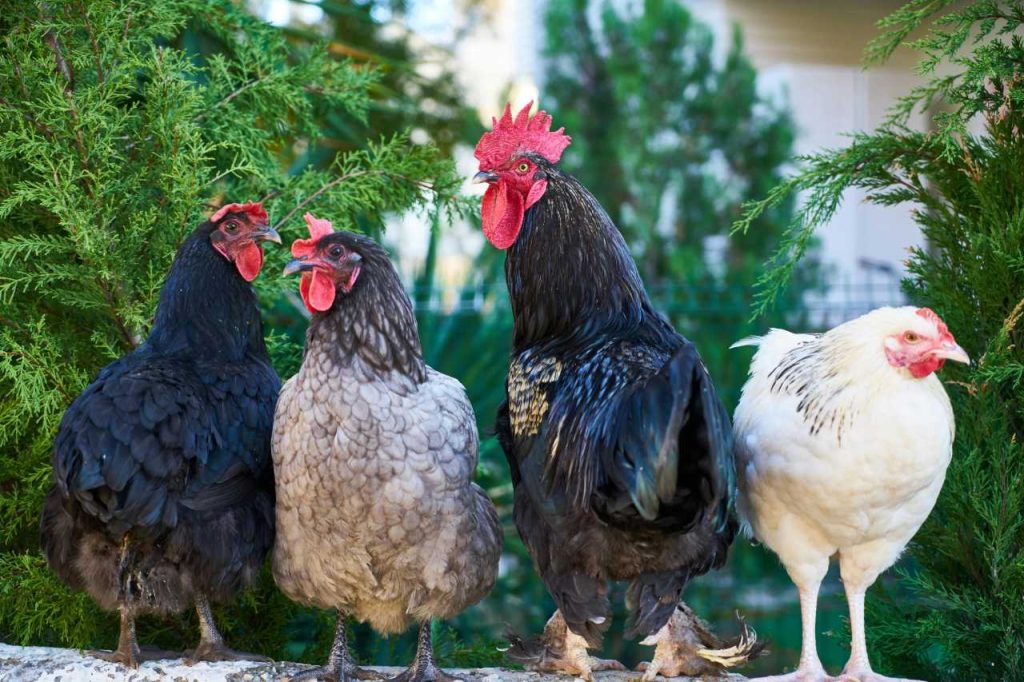
Overview
Once the new rooster has been integrated into the flock, continuous observation is vital. This helps you identify any problems early, ensuring a peaceful coexistence among all birds.
Implementation Steps
- Watch for Aggression: Pay close attention to the interactions between the new rooster and the hens, particularly during feeding time. Chickens can be competitive over food, and initial pecking can be normal. However, if you observe prolonged aggressive behavior or bullying, consider intervening.
- Intervene When Necessary: If you notice that the new rooster is excessively aggressive or if a hen is being bullied, separate them temporarily. This can provide a much-needed break and allow you to reassess the situation. After a few days, you can reintroduce them to see if dynamics have changed.
- Feeding Dynamics: Make sure to provide multiple feeding stations to prevent competition and bullying. Setting up several feeders and waterers around the coop or run will ensure that all chickens can access food and water without feeling threatened. Consider using feeder designs that allow multiple birds to feed simultaneously.
Learning Outcome
Monitoring interactions helps address any problems before they escalate, ensuring a peaceful environment for your flock. Early intervention can prevent injuries and maintain a healthy social structure.
5. Establishing the Pecking Order
Overview
Introducing a new rooster will prompt the establishment of a new pecking order within your flock. This process is natural, but it requires patience and understanding from the caretaker.
Implementation Steps
- Be Patient: Allow time for the new rooster to establish his position within the flock. The pecking order can take several days to weeks to settle, depending on the size of the flock and the personalities of the birds involved. Interference during this natural process can cause stress and confusion among the chickens.
- Observe Changes: Watch how the hens respond to the new rooster. The hens may show submission through lowered heads, while the rooster may puff himself up and crow to assert his dominance. These behaviors are normal as the rooster integrates into the flock.
- Promote Positive Reinforcement: Encourage the new rooster to exhibit good behavior by ensuring he feels secure in his environment. Provide ample food, space, and opportunities to protect the hens. Positive interactions can help solidify his role and reassure the hens of their safety.
Learning Outcome
Understanding the establishment of a pecking order helps you appreciate the natural social dynamics of chickens, allowing for a more harmonious flock environment.
6. Providing Proper Resources

Overview
Proper resource allocation is vital for the health and well-being of your flock. Ensuring that every bird has access to what it needs can prevent conflicts and promote a positive atmosphere.
Implementation Steps
- Adequate Space: Make sure that your coop and run provide enough room for all the birds to coexist comfortably. Overcrowding can lead to stress and aggression, causing issues during the integration phase. Aim for at least 4 square feet of coop space per bird and 10 square feet of run space.
- Multiple Feeders and Waterers: Providing enough feeding and watering stations can help reduce competition and stress among the flock. Use a variety of feeder designs, such as troughs or hanging feeders, to allow multiple birds to feed at once.
- Enrichment: Introduce various enrichment activities to keep your chickens entertained and mentally stimulated. This can include hanging vegetables, providing pecking blocks, or offering dust baths. Keeping your chickens occupied helps reduce boredom and can prevent aggressive behaviors from developing.
Learning Outcome
Ensuring ample resources creates a balanced environment, reducing stress and conflicts among chickens. A well-fed, mentally stimulated flock is more likely to coexist peacefully.
Conclusion
Introducing a new rooster to your existing flock is a delicate process that requires careful planning, patience, and attention to detail. By choosing the right rooster, quarantining him, gradually introducing him, monitoring interactions, allowing the pecking order to establish itself, and providing adequate resources, you can ensure a successful integration process.
Every flock is unique, and the time it takes for a rooster to acclimate can vary. However, with these strategies in place, you’ll be well on your way to fostering a harmonious and happy chicken community.
Remember, the goal is not just to introduce a new rooster but to enhance the overall dynamics of your flock. By focusing on health, happiness, and social structure, you’ll create a thriving environment for all your chickens.


